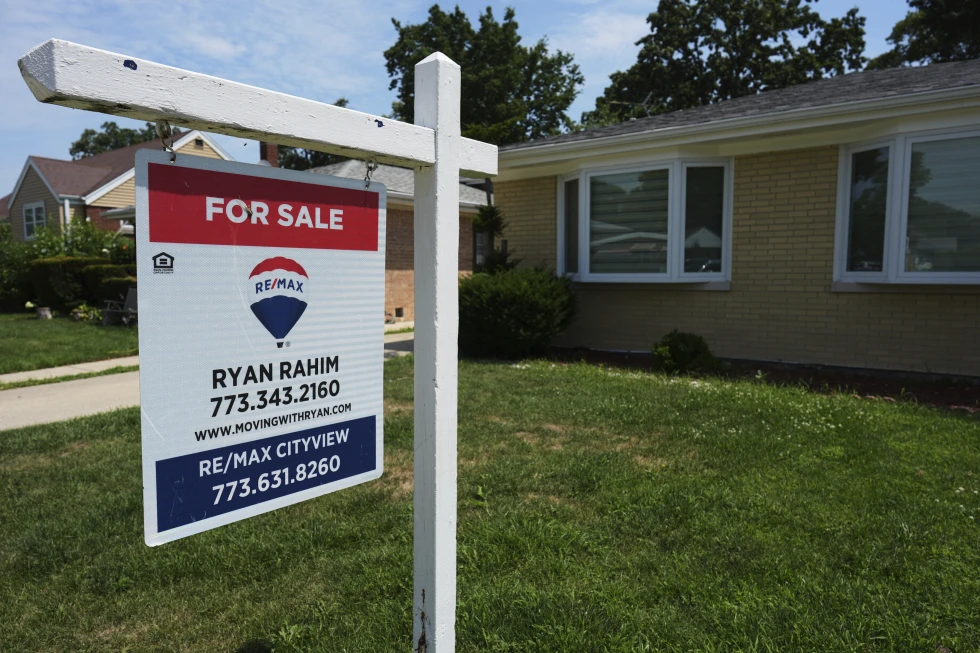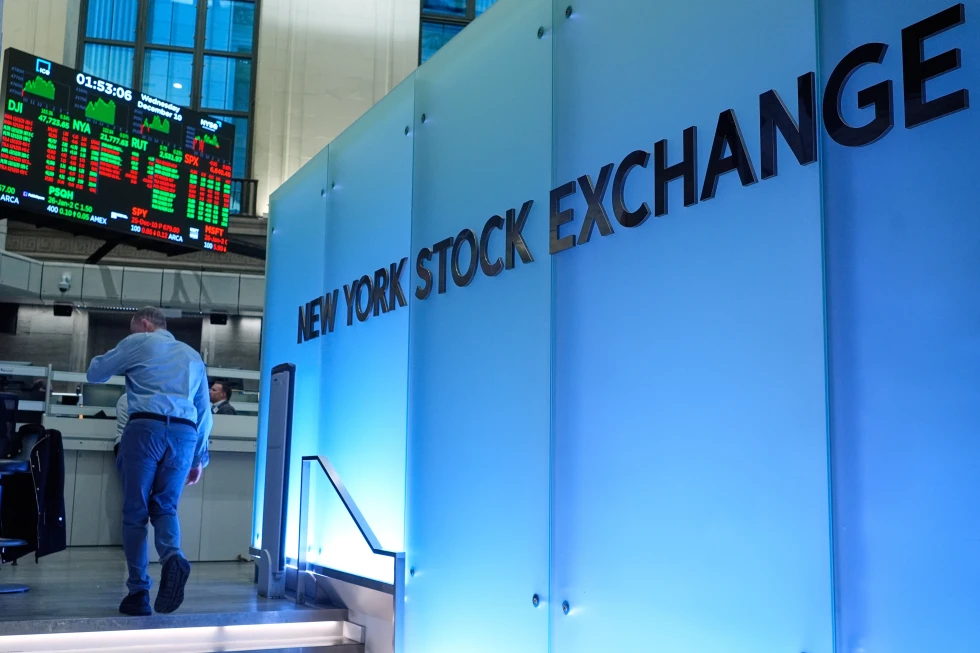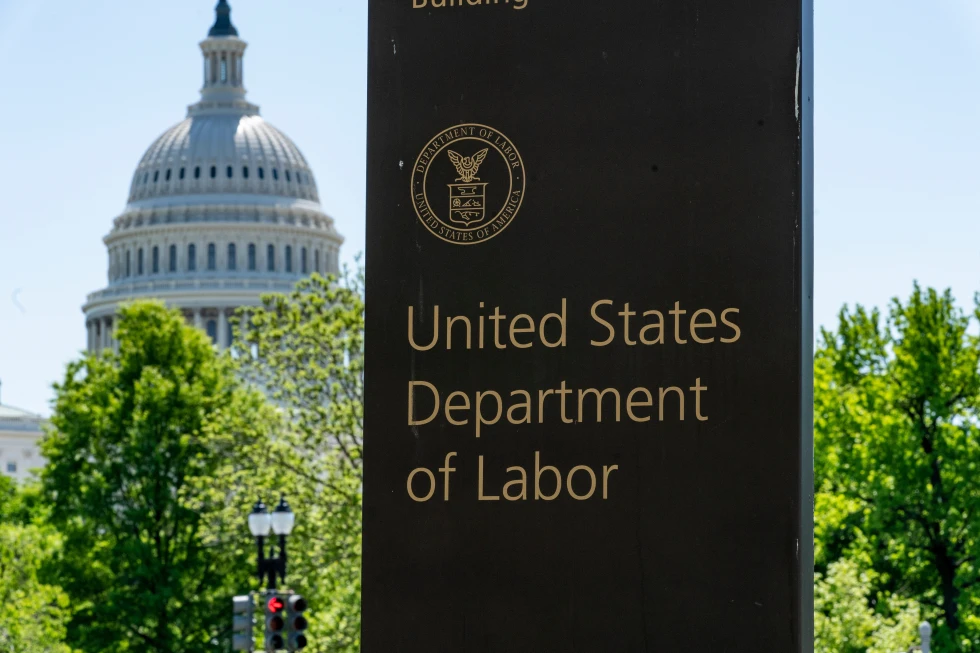Homeowners Use Cash-Out Refinancing Amid Record Equity Gains

Homeowners Use Cash-Out Refinancing Amid Record Equity Gains
Rising Equity Spurs Refinancing Boom
Homeowners across the United States are cashing in on years of home equity growth, even as mortgage rates remain historically high. According to ICE Mortgage Technology, cash-out refinancing activity reached its highest level in nearly three years during the April–June quarter.
In a cash-out refinance, borrowers replace their existing mortgage with a larger loan, pocketing the difference in cash. This money is often used for debt consolidation, home improvements, or major purchases.
How Much Homeowners Are Cashing Out
The average cash-out refinance in the second quarter unlocked $94,000 in equity, increasing monthly payments by about $590 and raising mortgage interest rates by an average of 1.45 percentage points. To qualify, borrowers typically need at least 20% home equity, a credit score of 620 or higher, and a minimum of six months of home ownership. The average borrower in Q2 had a credit score of 719.
Housing Prices Drive Tappable Equity
U.S. home prices have surged in recent years, with the median price of a previously owned home hitting an all-time high of $435,500 in June — a 48% jump from five years ago. Total homeowner equity reached a record $17.8 trillion in Q2, with $11.6 trillion of that considered “tappable” for refinancing.
Cash-out refinances made up roughly 60% of all mortgage refinances in the quarter. While they can offer financial flexibility, they also carry risks: borrowers may take on larger loans at higher rates and extend repayment terms, increasing the potential for foreclosure if they default.
HELOCs as an Alternative
Some experts recommend a home equity line of credit (HELOC) instead, as it often comes with lower interest rates and doesn’t require replacing the original mortgage.
Market Slowdown and Equity Decline in Some Areas
High mortgage rates have kept home sales sluggish since early 2022, with 2024 marking the lowest sales level in nearly three decades. While national prices continue to rise, appreciation has slowed — or even reversed — in markets like Atlanta, Austin, and Tampa.
Home equity growth is now at its slowest rate in two years, with tappable equity down by at least 5% in nearly one-quarter of U.S. markets. About 1% of homeowners with mortgages — around 564,000 borrowers — are underwater, owing more than their homes are worth.
SOURCE: AP News
: 126







